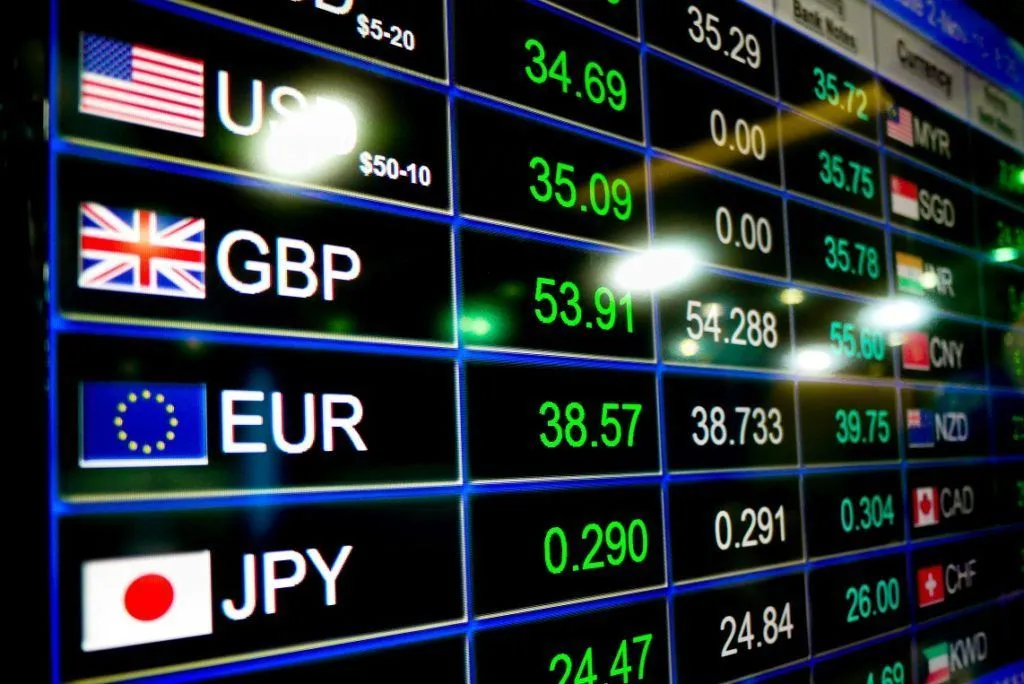Forex trade, short for foreign exchange trade, is a global financial marketplace where participants engage in the buying and selling of currencies. As the largest and most liquid financial market globally, forex trading serves as the cornerstone of international trade and investment. In this article, we will unravel the intricacies of forex trade, exploring its fundamental concepts and shedding light on how this dynamic market operates.
What is Forex Trade?
At its essence, forex trade involves the exchange of one currency for another at an agreed-upon exchange rate. Unlike other financial markets, forex operates over-the-counter (OTC), meaning there is no centralized exchange. Instead, transactions take place electronically through a network of banks, financial institutions, corporations, and individual traders, creating a decentralized and 24-hour accessible market.
Key Elements of Forex Trade:
- Currency Pairs:
- In forex trade, currencies are traded in pairs. The first currency in the pair is known as the base currency, and the second is the quote currency. For example, in the EUR/USD pair, the Euro is the base currency, and the US Dollar is the quote currency.
- Exchange Rate:
- The exchange rate represents the value of one currency in terms of another. It is determined by market forces, influenced by factors such as economic indicators, interest rates, geopolitical events, and market sentiment.
- Bid and Ask Prices:
- The bid price is the maximum price a buyer is willing to pay for a currency pair.
- The ask price is the minimum price a seller is willing to accept.
- The difference between the bid and ask prices is known as the spread.
- Leverage:
- Leverage allows traders to control a larger position size with a relatively smaller amount of capital.
- While leverage can amplify potential profits, it also magnifies potential losses. Traders should use leverage judiciously and be aware of its risks.
- Pips:
- A pip, or percentage in point, is the smallest price movement in the exchange rate of a currency pair. Most currency pairs are quoted to four decimal places, and a pip is typically the last decimal place.
- Long and Short Positions:
- Going long involves buying a currency pair with the anticipation that its value will rise.
- Going short involves selling a currency pair with the expectation that its value will fall.
- Traders aim to profit from price fluctuations based on the direction of their positions.
How Does Forex Trade Work?
- Market Participants:
- Retail Traders: Individual traders who engage in forex trading through online platforms provided by brokers.
- Institutional Traders: Banks, hedge funds, and other financial institutions participate in large-volume trades, influencing market movements.
- Central Banks and Governments: Intervene in the forex market to stabilize or manipulate their currency’s value.
- Execution of Trades:
- Traders execute trades through online platforms provided by brokers.
- Transactions are facilitated by electronic communication networks (ECNs) or directly between participants.
- Market Analysis:
- Traders use fundamental and technical analysis to make informed decisions.
- Fundamental analysis involves evaluating economic indicators, interest rates, and geopolitical events.
- Technical analysis involves studying historical price charts and patterns to predict future price movements.
- Risk Management:
- Traders implement risk management strategies, including setting stop-loss orders to limit potential losses.
- Proper risk management is essential for protecting capital and ensuring sustainable trading success.
- Market Liquidity:
- The forex market is highly liquid due to its vast size and the constant flow of participants.
- High liquidity ensures that traders can enter and exit positions with minimal slippage.
Conclusion:
Forex trade, as a cornerstone of global finance, offers unparalleled opportunities for traders to profit from currency price movements. Understanding the fundamental concepts of currency pairs, exchange rates, bid and ask prices, leverage, pips, and market dynamics is crucial for anyone venturing into forex trading. Armed with this knowledge, traders can navigate the complexities of the market, make informed decisions, and strive towards achieving success in the dynamic world of foreign exchange trading.

